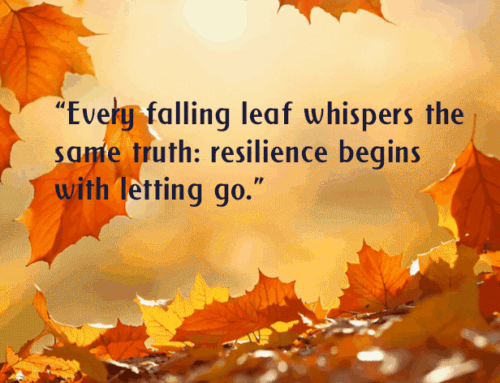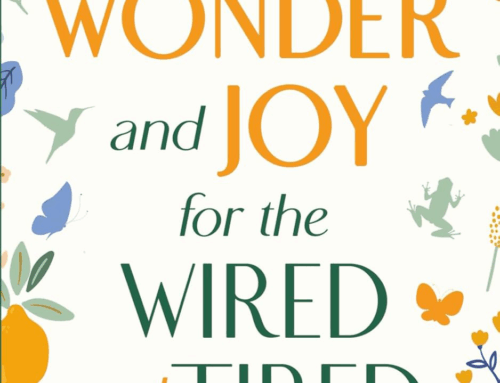As the air cools and the days shorten, it’s tempting to hang up the garden gloves and retreat indoors. But autumn is actually one of the most important – and rewarding – times to plan for next spring’s showstopping blooms. What you do now determines whether your garden wakes up sleepy or spectacular after winter’s rest.
Think in Layers: The Secret to a Long Blooming Season
- A stunning spring garden doesn’t happen by chance – it’s built in layers.
- Start with early risers like snowdrops, crocuses, and winter aconite. They’ll push through the last bits of frost to announce the new season. Next, plant mid-season bloomers such as daffodils, hyacinths, and grape hyacinths. Finally, finish with late spring showstoppers – tulips, alliums, and irises that carry color into early summer.
- Planting in clumps or drifts rather than tidy rows creates a more natural look.
Prep the Soil
- Before planting, give your bulbs the best home possible. Loosen the soil to about 8 – 10 inches deep, then mix in compost, leaf mold, or aged manure. Good drainage is essential – bulbs left sitting in soggy soil will rot before they ever see daylight.
- If you’re working with heavy clay soil, consider building raised beds or adding coarse sand to improve drainage. Sprinkle a handful of bone meal or bulb fertilizer into each hole – think of it as a hearty fall meal that will sustain them through winter.
Plan with Your Eyes and Your Heart
- Before the garden fades completely, walk through it, and consider taking photos. Notice where you wish there were more early color or texture in spring. Mark those spots for bulbs or new perennials.
- Also think about viewpoints – what you’ll see from the kitchen window, the front walk, or your favorite reading chair. Planning from the inside out ensures your spring display will be enjoyed even on chilly mornings when you’re still wrapped in a robe with coffee in hand.
Pair Bulbs with Perennials
For a garden that keeps giving, mix bulbs with perennials. The bulbs provide early drama, and the perennials fill in as the bulb foliage fades. Peonies, daylilies, hostas, and catmint are great partners. They’ll disguise yellowing bulb leaves while adding texture and longevity to your beds.
Protect Your Work
- Once planted, water bulbs well to help them settle into the soil. Then add a light mulch of shredded leaves, pine needles, or straw to insulate against temperature swings. In areas with hungry squirrels or voles, consider laying down a piece of chicken wire over bulb beds before mulching—think of it as a “no digging” sign for critters.
- And before the snow flies, mark where you planted your bulbs with small stakes or garden markers. Future-you will be very grateful not to dig them up accidentally while planting next year’s flowers or vegetables.
Bulbs and Plants to Plant in the Fall (for Spring & Early Summer Blooms)
Best Bulbs to Plant in Fall
Fall is prime time for bulbs – cool soil helps them establish strong roots before winter.
Plant them once nighttime temps regularly drop below 50°F but before the ground freezes.
Early Spring Bloomers (Late February–March)
Snowdrops (Galanthus): Tiny white blooms that peek through the snow.
Crocus: Cheerful and early; plant in clusters for impact.
Winter Aconite: Buttercup-yellow flowers that bloom even before daffodils.
Glory-of-the-Snow (Chionodoxa): Dainty blue or pink blooms perfect for naturalizing.
Mid-Spring Bloomers (March–April)
Daffodils (Narcissus): Reliable, deer-resistant, and endlessly cheerful.
Hyacinths: Fragrant and colorful—great near entryways or paths.
Muscari (Grape Hyacinth): Lovely in borders and under trees.
Fritillaria: Exotic, bell-shaped blooms for a dramatic touch.
Late Spring to Early Summer (April–June)
Tulips: So many varieties! Try early, mid, and late-season tulips for continuous color.
Alliums: Tall, architectural spheres in purple, pink, or white—bee magnets.
Camassia: A hardy native bulb that thrives even in damp spots.
Ixia (African Corn Lily): Adds a jewel-toned touch to later spring beds.
Tip: Plant bulbs in layers (“lasagna-style”)—larger ones like tulips deep, smaller ones like crocuses on top—to extend bloom time in one spot.
Perennials to Plant in Fall (for Summer Blooms)
Cool weather and moist soil make fall ideal for establishing perennials. They allow the plants to focus on root growth, setting the stage for lush spring and summer foliage.
Peonies: Plant roots (tubers) now for gorgeous late-spring blooms.
Daylilies: Nearly indestructible, with cheerful blooms all summer.
Coneflowers (Echinacea): Pollinator favorites with vibrant color.
Black-eyed Susans (Rudbeckia): Late-summer bloomers that bridge seasons.
Salvia: Drought-tolerant, fragrant, and hummingbird-friendly.
Coreopsis: Sunny yellow flowers that bloom for months.
Hostas: Perfect for shady spots; fall planting gives them a strong start.
Sedum (Stonecrop): Adds texture and fall interest; great in borders or containers.
Biennials to Sow or Plant in Fall (for Next Year’s Flowers)
Biennials grow leaves their first year and bloom the second—fall planting gives them a head start.
Foxglove (Digitalis): Tall spires of cottage-garden beauty.
Sweet William (Dianthus barbatus): Fragrant clusters of pink, red, and white blooms.
Hollyhocks: Classic and romantic, perfect along fences.
Forget-Me-Nots: Soft blue carpets of nostalgia that self-seed beautifully.
Shrubs and Flowering Bushes to Plant in Fall
Woody plants love fall planting—cool temps and steady moisture help them root deeply before winter.
Lilac: Iconic spring fragrance and lush blooms.
Hydrangea (paniculata or macrophylla): Reliable and long-lasting flowers.
Forsythia: Bright yellow herald of spring.
Viburnum: Great structure, with spring blooms, autumn berries, heavenly fragrances.
Roses (bare root): Fall planting helps them settle before spring growth.
Happy Planting!
Pam








